Home automation is increasingly present in homes around the world, often even without us thinking of any device as home automation. The help that this can give us extends to practically any area of our homes, and helps us to have an efficient house in many areas such as electricity consumption, health, leisure and productivity. Therefore, it may be a good time to start home automation, and for this we are going to show you home automation devices that cannot be missing in your home.
5 devices that cannot be missing in your home
In order to domotize a house, some characteristics must be met that will make it easier to install different devices, such as the Wi-Fi network signal or that it is correctly wired to connect any device. Once we have these controlled points, we can install some devices starting with the field that we like the most.
Virtual Assistant
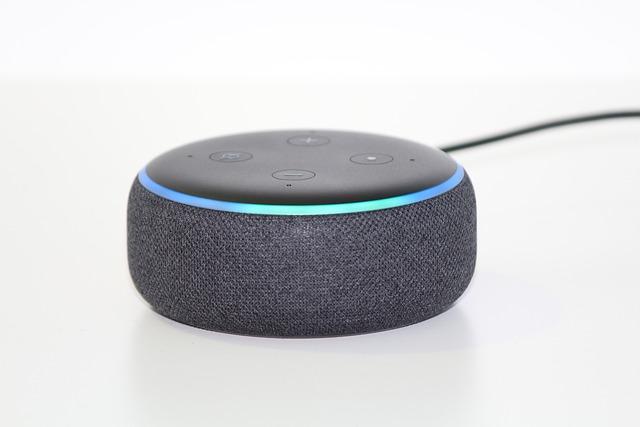
These devices are currently on the rise, since almost all the home automation devices that we have installed in our homes can be controlled from them. They work by voice commands through orders directly linked to the functions of all the home automation hardware. Therefore, it will be enough to tell the assistant what we want, and he will only be in charge of applying everything that we ask of him.
In the market we can find different models, but the most famous are the Amazon Echo, which can be purchased in different configurations. Google Nest devices, in two different models, and Apple’s current HomePod Mini. Each one has its virtual assistant, but the functions are practically the same as far as home automation is concerned.
Thermostat
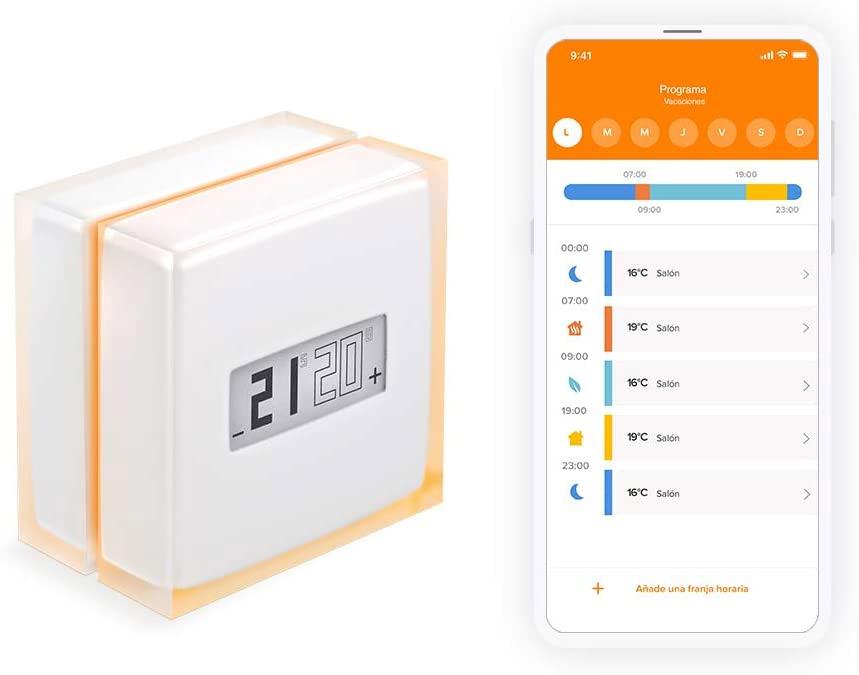
Thermostats are normally devices that we install on the wall and simply allow us to raise or lower the temperature, or program the times at which it should be activated. But if we look for more advanced devices, we can find the thermostat from Netatmo, Tado and even the Nest Thermostat.
These are the most advanced on the market, with automatic learning, which allows you to adjust the temperature autonomously, based on what we previously set. It has a very easy to use touch screen, it connects via Wi-Fi and we can control it from our mobiles in a very advanced way.
RGB Smart Wi-Fi Bulbs
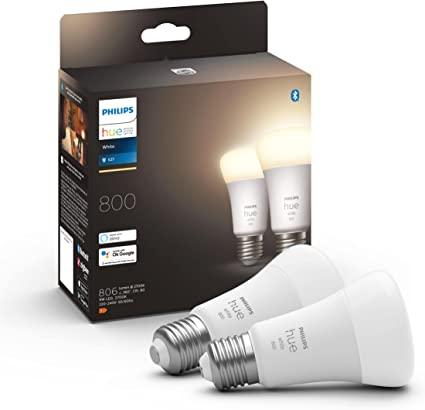
Smart bulbs are one of the most recommended devices, since they are not only low-energy lights, but they can also be connected to the Wi-Fi network to be able to control them from a virtual assistant or an application. They can be found from different brands, such as Xiaomi, TP-Link or Philips, and are easily combined with lighting sensors.
If low consumption is not enough, many models can help us control the ambient light in our homes. This happens because they mount RGB LEDs, which allow us to create warm or cold environments, while allowing us to regulate the power of the light. This allows the intensity of the light to be lowered, which has an impact on the bill.
Wi-Fi smart plugs
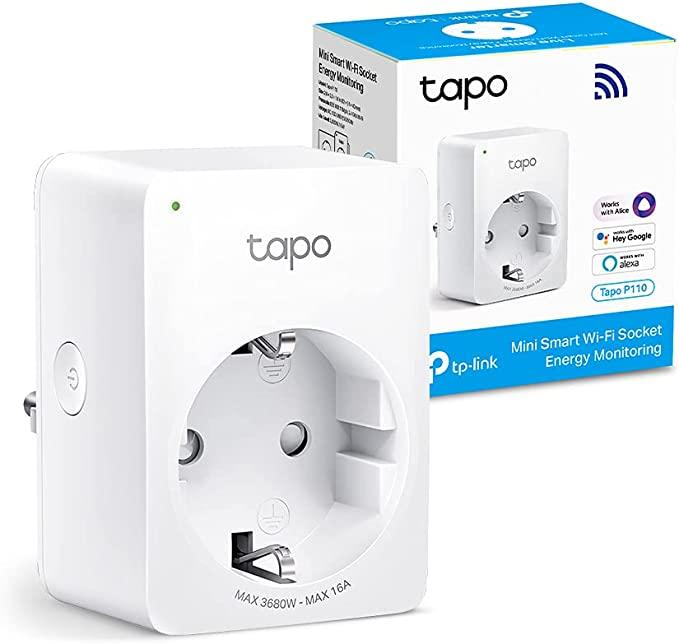
These plugs give us several functionalities depending on the model that we install. From having control over the electricity consumption of our home, to establishing switching hours for everything that is connected to the electrical network.
These can be combined with absolutely everything that depends on a plug, which, added to the remote control that we can use, can turn the connected devices on or off without being at home. Some models also have surge protection.
Smart Switches
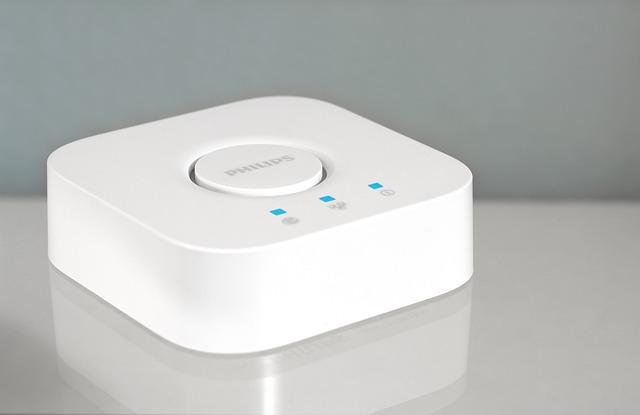
The use of these is not very widespread at the moment, but they are gaining confidence. When we press a switch, the function is simple, turn the lights on or off. But when it comes to these, it is possible to set different light modes for a room or for an entire house. So we set these modes depending on the presses we make on the switch. The best known are the Philips HUE, which have a wide range of accessories to connect them. It also allows you to run certain automations that we can configure in the app.
Years ago, home automation was expensive and therefore accessible to very few people, today it is simple and cheap to automate a house and make it more to our liking.












